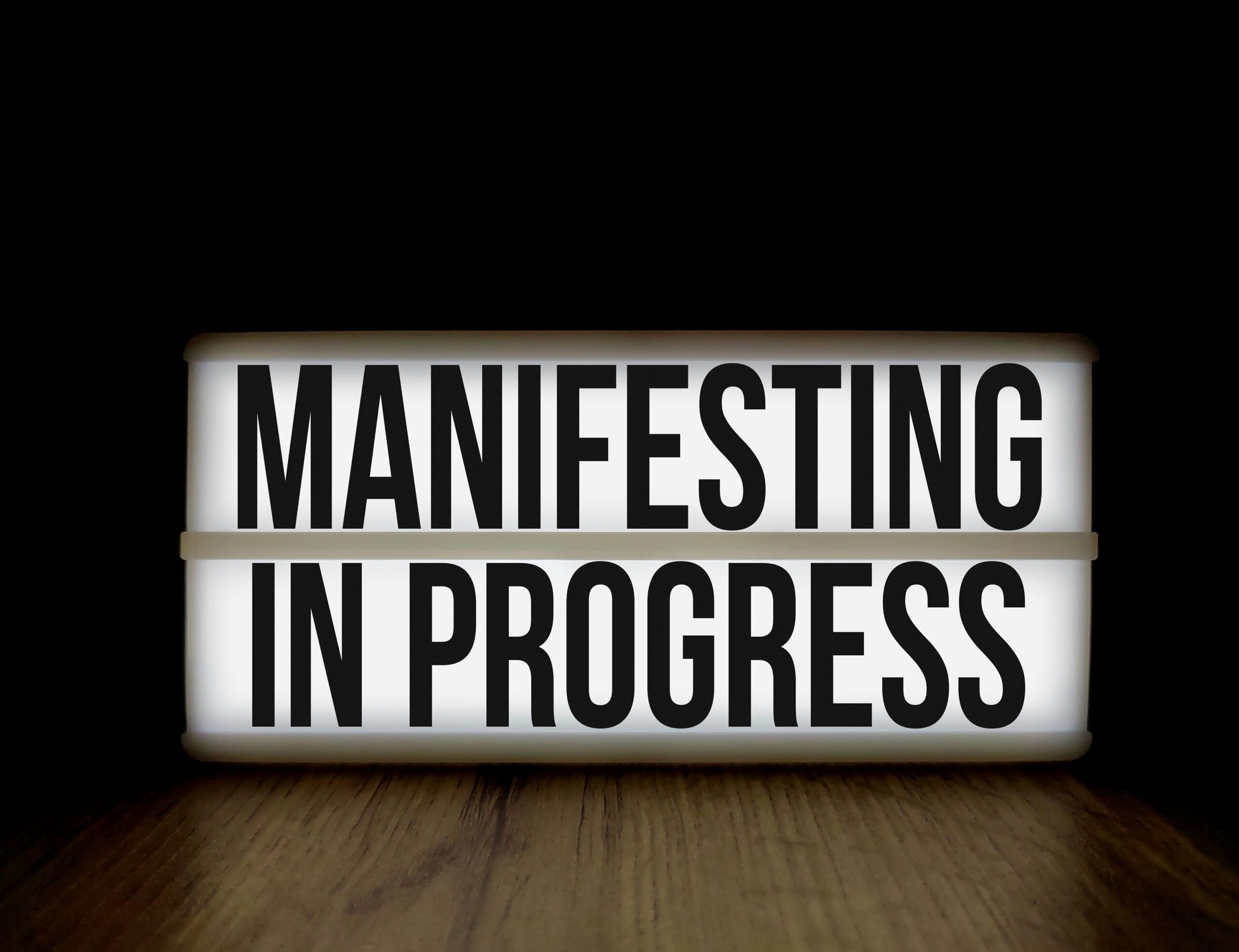Transform your daily life by linking new behaviors to existing ones. Habit stacking creates powerful momentum that propels you toward your goals effortlessly.
🔗 Understanding the Foundation of Habit Stacking
Habit stacking is a behavioral strategy developed by S.J. Scott and popularized by James Clear in his bestselling book “Atomic Habits.” This powerful technique leverages your existing routines as anchors for new behaviors you want to establish. Rather than relying on motivation or willpower alone, habit stacking uses the neural pathways already established in your brain to create lasting change.
The concept is elegantly simple: after you complete an existing habit, you immediately perform a new habit you want to build. This creates a natural sequence of behaviors that becomes automatic over time. Your brain loves patterns and predictability, making habit stacking one of the most effective approaches to personal development available today.
The science behind habit stacking reveals why it works so effectively. When you perform a habitual action, your brain enters a state of automaticity, requiring minimal cognitive effort. By attaching a new behavior to this existing neural pathway, you reduce the mental resistance typically associated with forming new habits. This biological hack makes success almost inevitable when applied consistently.
🧠 The Neuroscience Behind Behavioral Chains
Your brain contains approximately 86 billion neurons, constantly forming connections based on repeated behaviors. Each time you perform an action, you strengthen the neural pathway associated with that behavior. Scientists call this process “synaptic plasticity,” and it’s the foundation of all learning and habit formation.
When you stack habits, you’re essentially piggybacking on existing neural pathways that have already been reinforced through repetition. This dramatically reduces the activation energy required to initiate a new behavior. Instead of fighting against inertia, you’re riding the momentum of an established routine.
Research from Duke University suggests that approximately 40% of our daily actions are habits rather than conscious decisions. This statistic highlights the enormous potential of habit stacking. By strategically designing your habit sequences, you can automate significant portions of your success-oriented behaviors without depleting your willpower reserves.
✨ Crafting Your Perfect Habit Stack Formula
The basic formula for habit stacking follows this simple structure: “After I [EXISTING HABIT], I will [NEW HABIT].” This clear, actionable statement creates a mental trigger that prompts your desired behavior. The specificity of this formula is crucial for success.
Let’s examine practical examples across different life domains:
- Morning productivity: After I pour my morning coffee, I will write three things I’m grateful for.
- Fitness integration: After I brush my teeth, I will do 10 push-ups.
- Professional development: After I close my laptop for lunch, I will read five pages of a business book.
- Relationship building: After I sit down for dinner, I will ask one meaningful question to my partner.
- Financial wellness: After I receive my paycheck notification, I will transfer money to my savings account.
The key to effective habit stacking lies in choosing the right anchor habit. Your anchor should be something you do consistently, preferably at the same time and location each day. The more stable your anchor habit, the more reliable your new habit will become.
🎯 Strategic Implementation for Maximum Impact
Successful habit stacking requires thoughtful implementation rather than random attempts. Start by conducting a habit audit of your current daily routine. Document everything you do consistently throughout your day, from waking up to going to sleep. This inventory becomes your menu of potential anchor habits.
Next, prioritize the new habits you want to develop based on your goals and values. Avoid the common mistake of trying to stack too many new habits simultaneously. Your brain needs time to consolidate new neural pathways before adding additional complexity. Begin with one to three habit stacks and expand gradually as these become automatic.
Consider the natural flow of your day when designing habit stacks. Group related behaviors together to create synergy. For example, a morning wellness stack might include: After I wake up, I will drink a glass of water. After I drink water, I will do five minutes of stretching. After I stretch, I will meditate for two minutes. This sequence creates a powerful morning ritual that sets a positive tone for your entire day.
📱 Leveraging Technology to Support Your Stacks
Modern technology offers powerful tools to reinforce habit stacking. Habit tracking applications provide visual feedback, reminders, and motivation to maintain consistency. These digital assistants help you monitor progress and identify patterns in your behavior.
When selecting a habit tracking app, look for features that support stacking specifically. The best applications allow you to link habits together, set contextual reminders, and visualize your chains of behavior. Some apps use gamification elements to make habit formation more engaging and rewarding.
Beyond dedicated habit apps, consider using your smartphone’s native features strategically. Calendar blocking can reserve time for your habit stacks, while location-based reminders can trigger behaviors when you arrive at specific places. The key is finding the right balance between technological support and natural automaticity.
💪 Overcoming Common Obstacles and Resistance
Even with perfect planning, you’ll encounter obstacles when implementing habit stacks. Understanding common challenges helps you prepare effective countermeasures. The first few weeks are critical, as this is when most people abandon their new routines.
One frequent pitfall is making your new habits too ambitious. If you stack “After I wake up, I will run five miles,” you’re setting yourself up for failure unless you’re already a runner. Instead, start with “After I wake up, I will put on my running shoes.” This micro-habit reduces resistance and creates momentum for the larger behavior.
Environmental design plays a crucial role in habit stack success. Optimize your physical space to support your desired behaviors. If your stack includes reading after breakfast, keep a book on the kitchen table. If you want to take vitamins after brushing your teeth, place them next to your toothbrush. Remove friction from positive behaviors and add friction to negative ones.
🔄 Adapting and Evolving Your Habit Architecture
Your life circumstances change, and your habit stacks should evolve accordingly. Regular review sessions help you assess what’s working and what needs adjustment. Schedule a monthly habit review where you evaluate your stacks objectively.
During these reviews, ask yourself critical questions: Which habit stacks have become automatic? Which ones still require significant effort? Are there new behaviors you want to incorporate? Has your schedule changed in ways that affect your anchor habits? This reflective practice ensures your habit architecture remains aligned with your current goals and lifestyle.
As habits become deeply ingrained, you can gradually increase their complexity or duration. This progressive approach, sometimes called “habit graduation,” allows you to build impressive routines without overwhelming yourself initially. The person who starts with two minutes of meditation can eventually develop a 30-minute practice through incremental expansion.
🏆 Building Domain-Specific Habit Stacks for Success
Different areas of life benefit from tailored habit stacking approaches. Let’s explore domain-specific strategies that address common goals and challenges.
Professional Excellence Stack
Career advancement often depends on consistent skill development and professional habits. Create a work-focused habit stack: After I arrive at my desk, I will review my three priority tasks for the day. After I complete my first priority task, I will take a five-minute walk. After I return from my walk, I will respond to urgent communications. This sequence ensures you tackle important work first while maintaining energy throughout the day.
Health and Fitness Stack
Physical wellness requires regular attention across multiple dimensions. Design a comprehensive wellness stack: After I wake up, I will drink 16 ounces of water. After I drink water, I will do a two-minute mobility routine. After my mobility routine, I will prepare a protein-rich breakfast. After breakfast, I will take my supplements. This stack addresses hydration, movement, nutrition, and supplementation in one efficient sequence.
Learning and Growth Stack
Continuous learning distinguishes those who stagnate from those who thrive. Implement a knowledge-building stack: After I finish lunch, I will read ten pages of a non-fiction book. After reading, I will write three key insights in my learning journal. After journaling, I will identify one action to implement from what I learned. This stack transforms passive consumption into active integration.
🌟 The Compound Effect of Small Stacked Actions
The true power of habit stacking reveals itself over time through the compound effect. Small, consistent actions accumulate into remarkable results. Consider this: if you stack just three two-minute habits daily, you’re investing six minutes per day or 36.5 hours per year in personal development. That’s nearly a full work week dedicated to improvement without any significant disruption to your schedule.
Mathematics illustrates this principle beautifully. If you improve by just 1% each day through your habit stacks, you’ll be 37 times better after one year due to compound growth. Conversely, if you decline by 1% daily, you’ll nearly reach zero. This exponential curve explains why consistent, small actions outperform sporadic, heroic efforts.
Real-world examples demonstrate this compound effect across diverse fields. Writers who stack 500 words of writing after morning coffee complete multiple books yearly. Investors who stack automatic transfers after each paycheck build substantial wealth. Athletes who stack mobility work after brushing their teeth prevent injuries and improve performance. The domain varies, but the principle remains constant: small stacked habits create extraordinary outcomes.
🎨 Designing Habit Stacks for Different Personality Types
Not everyone responds identically to habit stacking techniques. Your personality, chronotype, and preferences should influence how you design your stacks. Understanding these differences increases your success probability.
Morning people might stack ambitious habits early in the day when their energy peaks. Night owls might anchor important habits to evening routines. Introverts might prefer solitary habit stacks focused on reflection and skill development, while extroverts might incorporate social elements into their routines.
Some individuals thrive with rigid, time-based stacks, while others need flexibility and variety. Experiment with different approaches to discover what resonates with your natural tendencies. The best habit stack is the one you’ll actually maintain, not the theoretically perfect system you abandon after a week.
🚀 Accelerating Results Through Stack Optimization
Once you’ve established basic habit stacks, optimization techniques can accelerate your progress. One powerful approach involves creating “keystone habit stacks” that trigger positive cascades across multiple life domains.
Exercise often serves as a keystone habit because it improves energy, mood, and decision-making, which then positively affects other behaviors. By stacking exercise early in your routine, you create momentum that carries throughout the day. Similarly, meditation can serve as a keystone that enhances focus, emotional regulation, and stress management.
Another optimization technique involves strategic sequencing based on energy demands. Stack habits requiring high cognitive effort during your peak mental performance periods. Save automatic or physical habits for times when your mental energy naturally dips. This energy-aware stacking maximizes your capacity while minimizing willpower depletion.
🌈 Integrating Flexibility Within Structure
While consistency is crucial for habit formation, rigid inflexibility leads to failure when life inevitably disrupts your routine. Build strategic flexibility into your habit stacks without abandoning structure entirely.
Create “minimum viable versions” of your habit stacks for challenging days. If your morning stack normally includes 30 minutes of exercise, establish a backup version with just five minutes of movement. This approach maintains the neural pathway even when circumstances prevent the full routine. The psychological benefit of maintaining your streak, even in miniature form, outweighs the small reduction in direct benefits.
Develop contingency stacks for different contexts. You might have a travel version of your morning routine, a sick-day version, and a busy-day version. These alternatives ensure you never face an all-or-nothing scenario that derails your progress completely.
🎯 Measuring Progress and Celebrating Milestones
What gets measured gets managed, and habit stacking is no exception. Establish clear metrics to track your consistency and progress. The simplest metric is streak length—how many consecutive days you’ve completed your stack. This visible progress creates motivation and accountability.
Beyond streaks, consider outcome-based metrics that reflect the purpose behind your habits. If you’re stacking reading habits, track books completed. If you’re stacking fitness behaviors, measure strength gains or energy levels. These outcome metrics provide evidence that your habits are producing tangible results, reinforcing your commitment.
Celebrate milestones authentically and proportionally. Completing 30 consecutive days deserves recognition. Reaching 100 days warrants meaningful celebration. These celebrations reinforce the identity shift you’re cultivating—from someone trying to build habits to someone who is the type of person who maintains these behaviors naturally.

🔮 Transforming Your Identity Through Consistent Stacks
The ultimate power of habit stacking extends beyond task completion to identity transformation. Every time you execute your habit stack, you cast a vote for the person you want to become. These accumulated votes gradually shift your self-perception and identity.
Instead of saying “I’m trying to become a morning person,” consistent morning habit stacks allow you to authentically claim “I am a morning person.” This identity-level change is far more powerful than behavioral modification alone because it aligns your actions with your self-concept. When behaviors match identity, maintenance becomes effortless.
Your habit stacks serve as daily rituals that reinforce your chosen identity. A writer writes. An athlete trains. A learner studies. By stacking these identity-consistent behaviors into your routine, you embody these identities rather than merely aspiring toward them. This shift from aspiration to embodiment represents the ultimate success of habit stacking.
The journey from your current routine to your ideal life doesn’t require dramatic upheaval or superhuman willpower. It requires strategic habit stacking—linking new behaviors to existing ones in deliberate sequences that compound over time. Start small, remain consistent, and trust the process. Your stacked habits are building the foundation for ultimate success, one linked behavior at a time.
Toni Santos is a personal growth strategist and wealth alignment researcher dedicated to helping people connect mindset, habits, and money with purpose. With a focus on abundance psychology and intentional living, Toni explores how beliefs, behavior, and clarity turn goals into sustainable prosperity. Fascinated by financial psychology and high-performance routines, Toni’s journey bridges coaching, behavioral science, and practical frameworks. Each guide he shares is an invitation to design a life by intention—where daily actions align with values, and values align with long-term wealth. Blending mindset work, habit design, and evidence-based strategy, Toni studies how identity shifts, focus systems, and disciplined execution create compounding results. His work champions the idea that true abundance is built from the inside out—through awareness, alignment, and consistent action. His work is a tribute to: An abundance mindset grounded in gratitude, vision, and responsibility Financial psychology that transforms behavior into smart decisions Goal-oriented living powered by clear systems and repeatable habits Whether you’re redefining success, aligning money with meaning, or building habits that last, Toni Santos invites you to grow with intention—one belief, one plan, one aligned step at a time.




